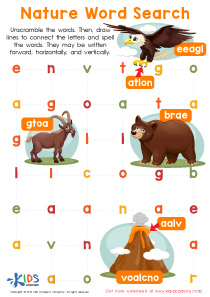Comparing quantities Sight Words Worksheets for Ages 7-9
3 filtered results
-
From - To
Unlock your child's reading potential with our engaging "Comparing Quantities Sight Words Worksheets" designed specifically for ages 7-9. These worksheets provide an exciting way to practice sight words while developing essential comparison skills. Kids will enhance their vocabulary and reading fluency as they explore various common sight words in the context of comparing quantities. Designed to promote critical thinking and problem-solving, these activities encourage young learners to master key concepts in a fun and interactive way. Perfect for at-home learning or classroom reinforcement, our worksheets support early literacy development and keep kids motivated to learn. Discover the joy of reading today!
Parents and teachers should prioritize teaching comparing quantities sight words for children aged 7-9 as it lays the foundation for critical mathematical and language skills. At this developmental stage, children begin to grasp more complex concepts, and understanding how to compare quantities is key to their overall cognitive growth. Mastery of these sight words—such as "more," "less," "equal," and "difference"—enables children to contextualize their mathematical learning in everyday language, aiding comprehension in both math and reading.
Moreover, these sight words enhance vocabulary and improve reading fluency. When children can recognize and understand these terms efficiently, their confidence in engaging with math-related texts rises, making them feel capable in academic settings. Furthermore, the ability to compare quantities fosters logical reasoning and critical thinking, essential skills that extend beyond the classroom and into real-life situations.
Encouraging this literacy not only supports their current academic needs but also builds a stronger foundation for future learning in mathematics and language arts. By investing time and resources into teaching these sight words, parents and teachers can actively contribute to a child’s comprehensive developmental success, setting them on a path toward lifelong learning and problem-solving abilities.
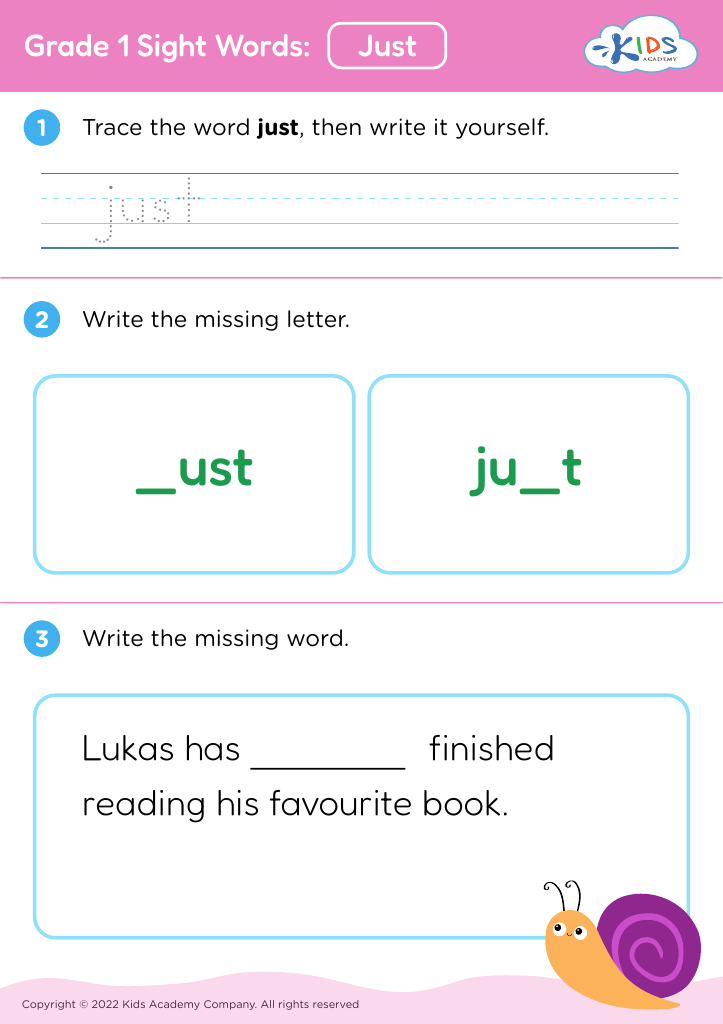

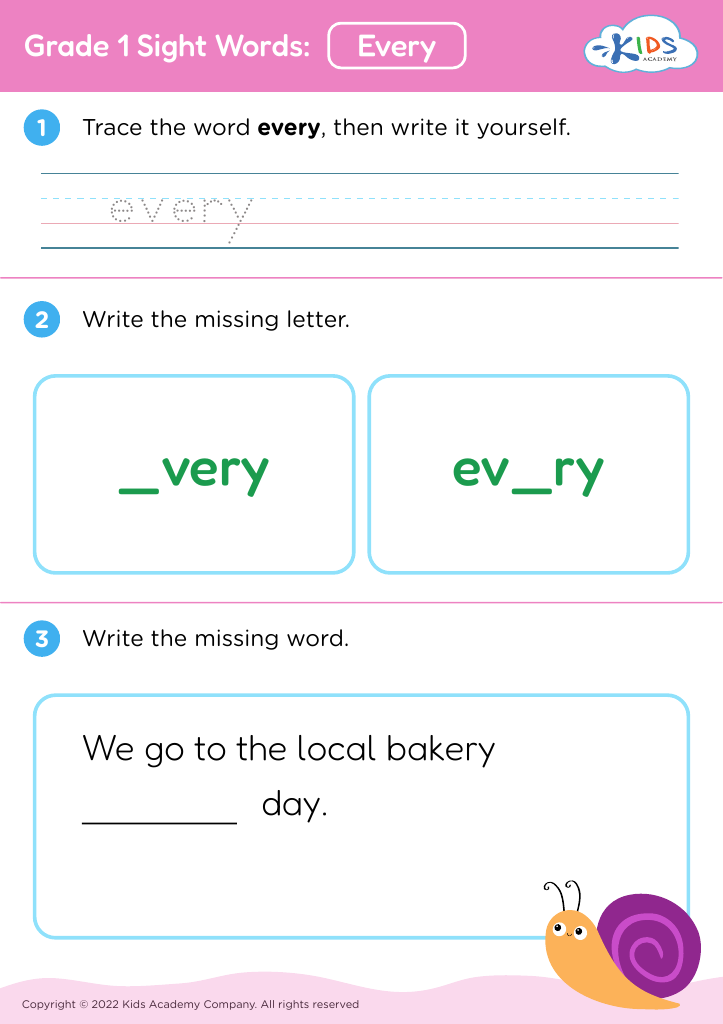
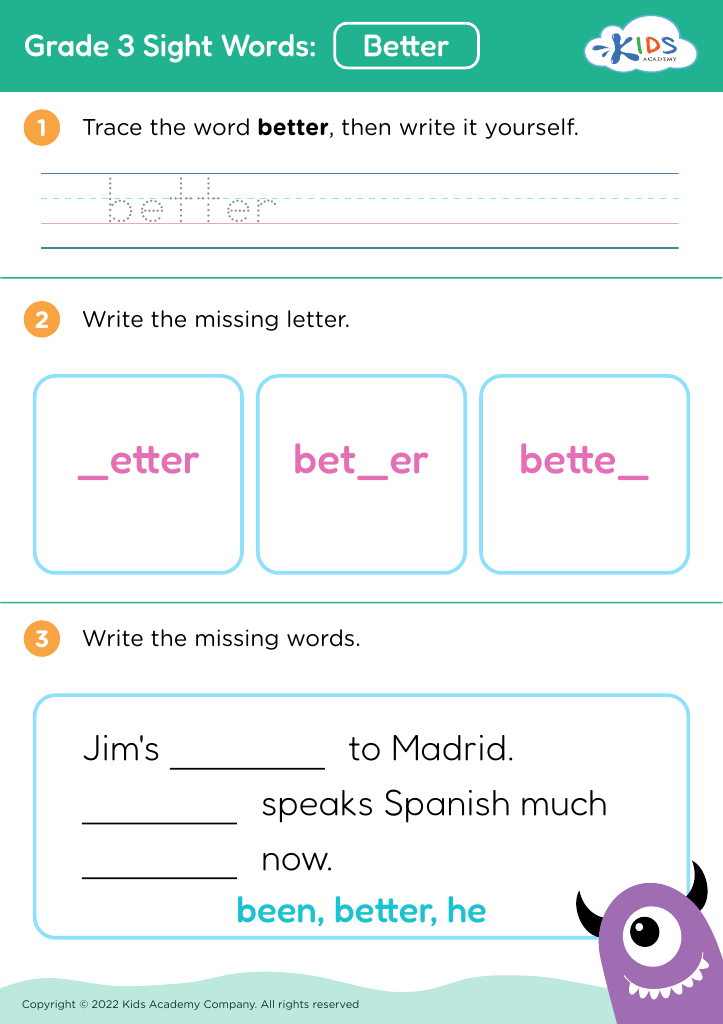




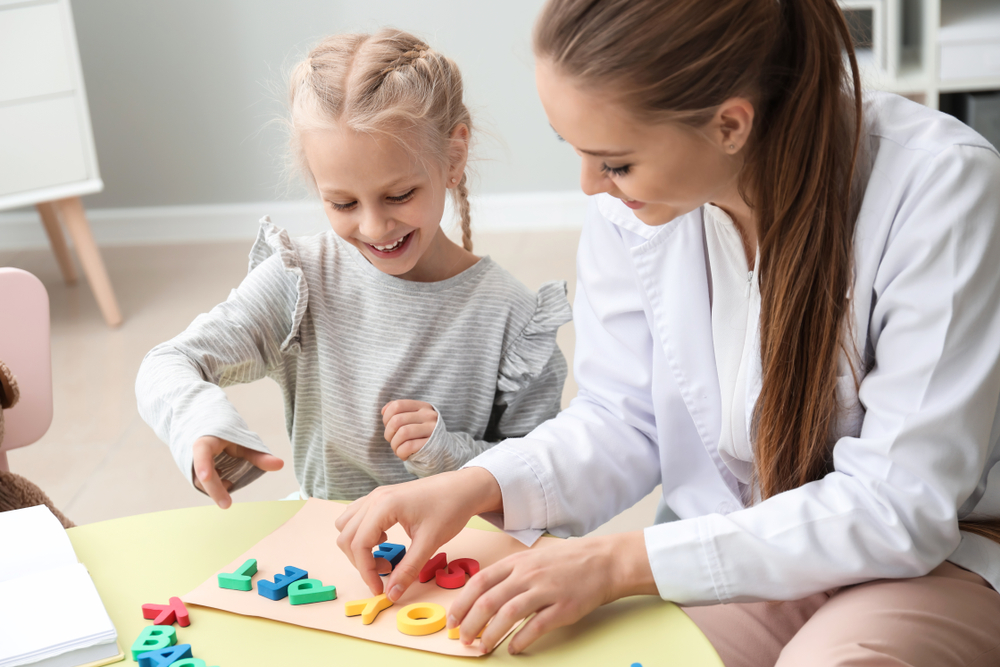


.jpg)



